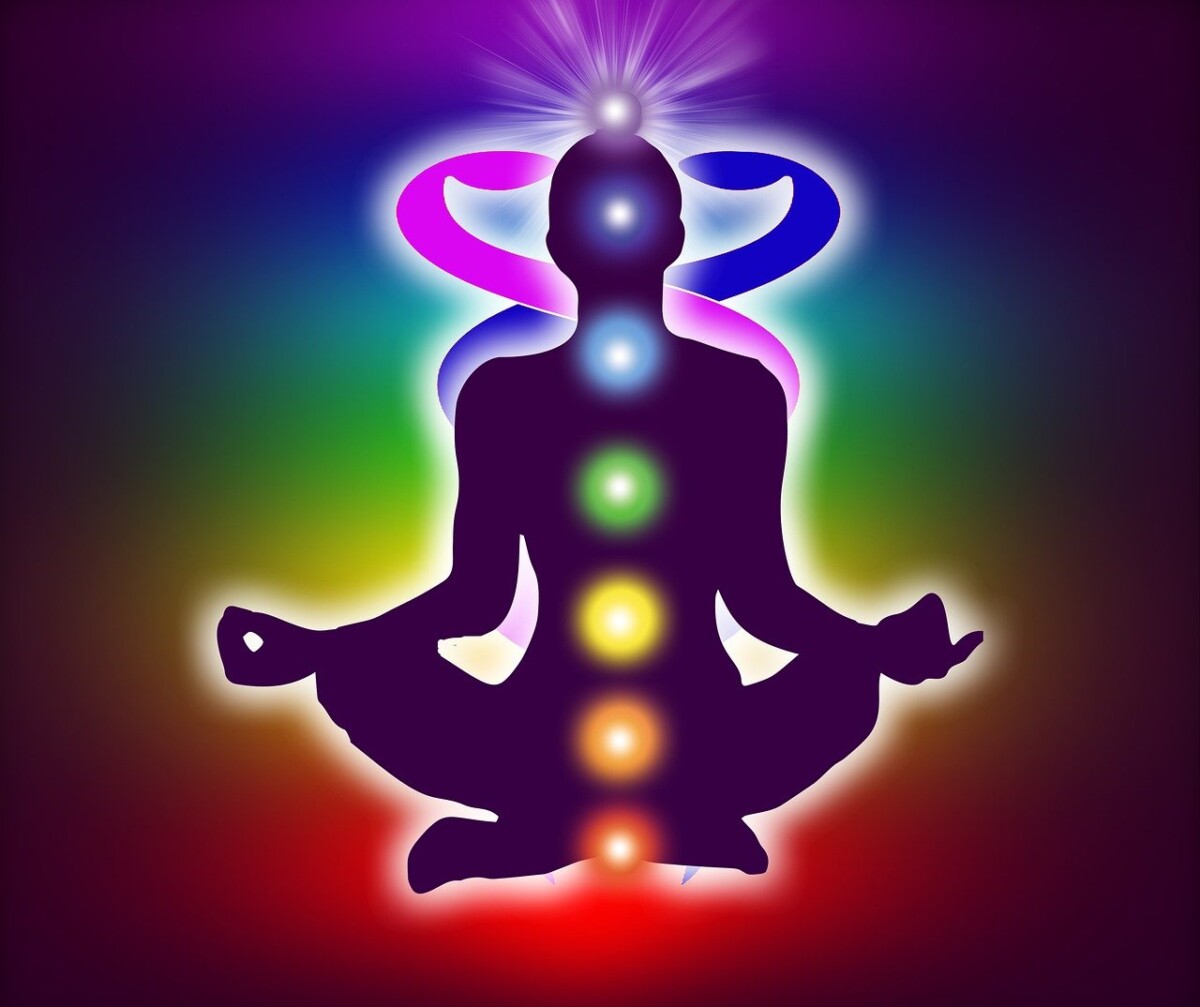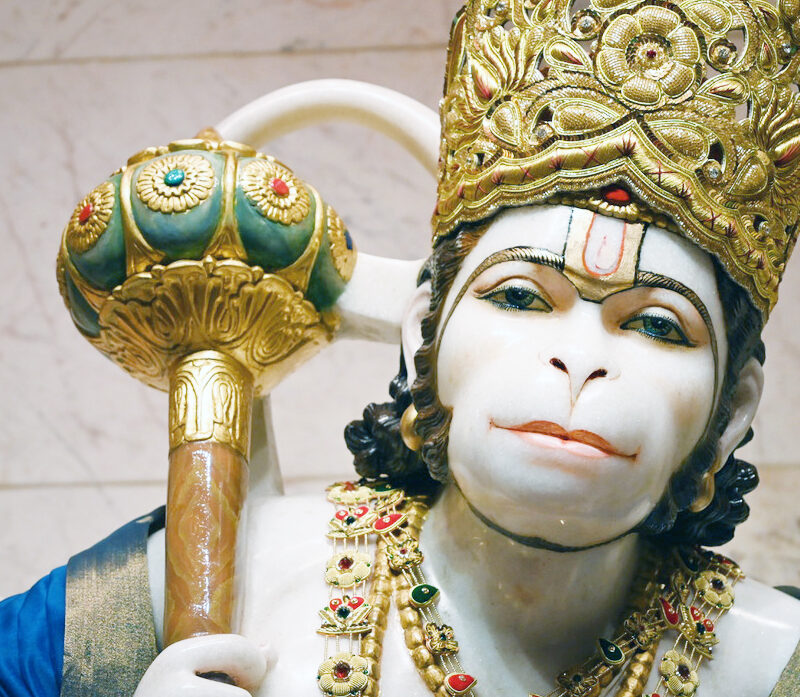

Path towards enlightenment: kundalini awakens, untying the blockages in the seven chakras, or psychic centers of spiritual realization.
Kundalini has become a buzzword of sorts in recent times, fueled by the trends of New-Age spiritualism. Loaded, though, with an occult sense of mysticism, the concept remains shrouded in ambiguity, and so used over the years in a wide spectrum of ways to serve both the spiritual and financial agendas of different people.
A quick search online and you’ll find the epitome of this in Yogi Bhajan, the person credited with introducing kundalini yoga to Western countries in the 1960s. Promoting the practice as a secret tradition he was revealing to the public for the first time, his teachings, which centered around the awakening of one’s inner spiritual energy, were a huge hit with young seekers of the counterculture movement. As these teachings, thereby, grew in popularity, spreading worldwide, his foundation, 3HO, swiftly expanded, and by the time of his death in 2004, boasted more than 300 centers in 35 countries, including multiple businesses and non-profit organizations estimated to be worth billions.
Successful, albeit, as he was, there’s just one problem: his secret tradition turned out to not really be a tradition at all. In truth, it was something he derived from the asanas and breathing exercises of hatha yoga teacher Swami Dhirendra Brahmachari, and the chanting and devotional techniques of Sikh leader Maharaj Virsa Singh. To make matters worse, allegations of sexual abuse and exploitation eventually surfaced against him. And when, in 2020, an independent party was hired to ascertain the veracity of them, the investigation concluded that, indeed, they were “more likely than not” true.
Needless to say, there are many who, despite all this, continue to swear by the practice — and with due respect, to each their own. Considering, still, the negative PR surrounding his legacy, we at HAF deemed it worthwhile to give a brief understanding of real kundalini yoga and its true purpose, just so there isn’t any confusion.
According to the general Hindu perspective, all of creation arises from a spiritual origin, hence each of us is imbued with its presence, just like sparks are imbued with the presence of the fire they emanate from. Ignorant, nevertheless, of such knowledge, we exist in a kind of extinguished state, separated from the sacred source of our real nature. Since yoga is about reawakening this knowledge, kundalini yoga, ergo, is a specific method by which this can be done, as espoused by tantra, an ancient and authentic tradition of the Hindu dharmic paths.
Meaning “coiled one” in Sanskrit, kundalini is regarded as Shakti, the feminine aspect of the Divine. A creative, energetic, and compassionate force, she is revered as a motherly goddess, by whose power we can reestablish our lost spiritual connection. Materially absorbed, yet, to the extent we are, she is said to be like a sleeping serpent, forgotten and inactive.
Once aroused, however, she ascends through the sushumna nadi (a subtle channel that moves up the axis of the body), helping to untie blockages in each of the chakras, or psychic centers, positioned along her path. Seven in number, they are:
- The Muladhara Chakra: situated at the base of the spine, associated with the release of insecurity and the attainment of stability.
- The Swadhisthana Chakra: situated at the lower abdomen, associated with the release of shame and the attainment of creativity.
- The Manipura Chakra: situated at the navel, associated with the release of low self-esteem and the attainment of self-worth.
- The Anahata Chakra: situated at the heart, associated with the release of resentment and the attainment of compassion.
- The Vishuddi Chakra: situated at the throat, associated with the release of dishonesty and the attainment of authentic self-expression.
- The Ajna Chakra: situated between the eyebrows, associated with the release of confusion and the attainment of clarity.
- The Sahasrara Chakra: situated at the top of the head, associated with the release of worldly attachments and the attainment of the Divine.
Thus facilitating the progression of our spiritual evolution, Shakti prepares our consciousness for transcendent awareness, before she ultimately unites with Shiva (a manifestation of Divinity’s masculine aspect), washing us with a complete and unfiltered experience of the Divine.
And while this is a stripped-down elucidation, as the structure, symbolism, and process varies in detail depending on the source, it’s important to understand the essence, which remains more or less the same.
For the world’s charlatans are countless in number. Only the vigilant sword of knowledge can keep you protected from them.








































